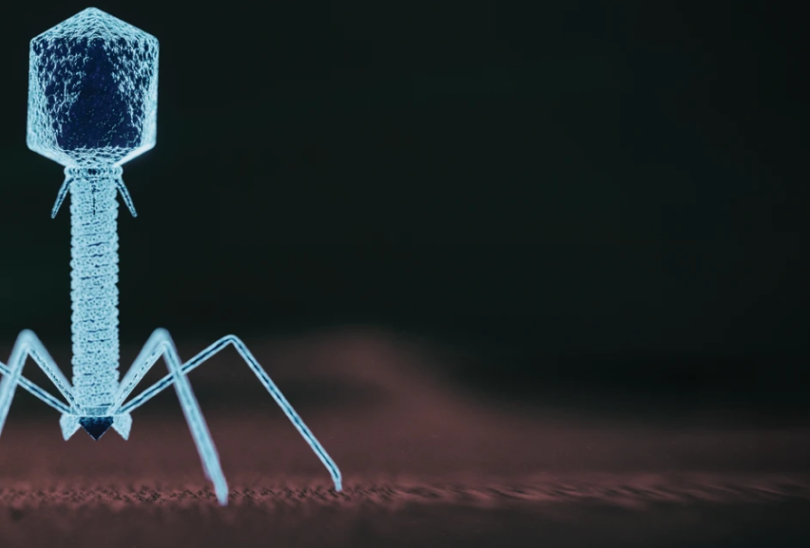Molecular machines require energy and they get this energy from the tiniest motor in the universe called synthase ATP. This motor cannot be built without the information to build the protein structure present in DNA, and of course, DNA cannot function without ATP.
DNA and ATP are so interdependent on each other for their existence that it is inconceivable to think that one type of molecule could have existed even temporarily without the other.(1)
Therefore the ATP paradox: how did DNA manufacture the protein ATP without the energy required by ATP?
ATP works similar to a rechargeable battery “…(located) in the mitochondrial enzyme…driven by a flux of protons across a gradient generated by electron transfer from the proton chemically positive to the negative side.”
https://www.sciencedirect.com/topics/neuroscience/atp-synthase

ATP is required for any and all cellular function. For DNA to bind, RNA to provide a copy, for cells to divide, for anything that happens in the living organism ATP is required.
Additionally, the complexity of this paradox worsens where ATP is only passed via mitochondrial cells from the mother called Mitochondrial Eve. The idea is that all living humans descended from an unbroken line through their respective mothers as to gain ATP from mitochondria…(2)
The dilemma results in a paradox…when ATP is required for all energy for life?

ATP (Adenosine tri-phosphate) is an important molecule found in all living things. Think of it as the “energy currency” of the cell… ATP molecule splits off one of its three phosphates, becoming ADP (Adenosine di-phosphate) + phosphate. The energy holding that phosphate molecule is released and available to do work for the cell. When the cell has extra energy (gained from breaking down food that has been consumed or, in the case of plants, made via photosynthesis), it stores that energy by reattaching a free phosphate molecule to ADP, turning it back into ATP. The ATP molecule is just like a rechargeable battery. When it’s fully charged, it’s ATP. When it’s run down, it’s ADP. However, the battery doesn’t get thrown away when it’s run down–it just gets charged up again.”
http://www2.nau.edu/lrm22/lessons/atp/atp.html
ATP (triphosphate)<—> ADP (disposphate) + P (phosphate) + energy (loss of phosphate)

The charged structure is ATP “triphosphate” because it has three or “tri” phosphates. When discharged it is ADP after releasing a phosphate it now retains only two or “di” phosphates. It is when the third phosphate is released from ATP that the energy is released. Like a rechargeable battery the structure recharges again and again by gaining another phosphate and cycling from ADP to ATP.(3)
1 https://answersingenesis.org/biology/microbiology/beyond-dna-protein-paradox/
2 https://isogg.org/wiki/Mitochondrial_Eve
3 https://courses.lumenlearning.com/boundless-biology/chapter/atp-adenosine-triphosphate/



[…] energy is used to replace cellular energy in ATP Paradox. ATP is arequired for all cellular activity within living organisms. Also only the cells […]